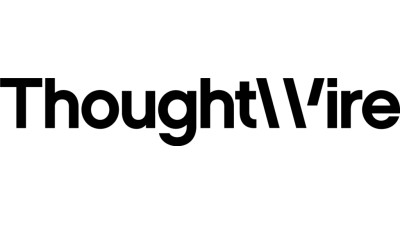Data Is The Difference Between Real CRE Tech And Costly Gimmicks

Smart building solutions promise to improve tenant experience and retention by customizing the workplace. But although they may accomplish a few tasks — like monitoring temperature or tracking conference room use — many smart building solutions fail to raise asset value or reduce costs for building owners. Instead, they often end up being little more than costly gimmicks.
“There is not a one-to-one relationship between what smart building technology promises and the ROI building owners are seeing,” ThoughtWire Chief Commercial Officer Franco Castaldini said. “Most smart building solutions are not nearly complete enough to cover every part of an office building. So owners typically construct an expensive hodge-podge of systems that don’t integrate with each other.”
The key to effective smart building tech is data. A data-driven approach to workflow optimization is known as Operations Performance Management. Castaldini said OPM has its roots in the manufacturing and engineering industries, where software is used to make sure humans and technology work together efficiently. That same technology is now available for commercial real estate buildings.
“Isolated point solutions that only control one part of a building and generic solutions that don’t churn out actionable insights aren’t true CRE tech; they can’t provide the return of a data-driven, integrated OPM solution,” Castaldini said. “If your building only has point solutions, it’s not truly a smart building.”
OPM gives CRE owners visibility into and full control of utilities like heating, cooling and lighting. OPM suites like ThoughtWire’s PrecisionHub collect utility data to optimize heating and cooling throughout the year. This increases tenant comfort and energy efficiency while reducing utility costs. OPM data can also predict the lifetime of equipment and alert owners of when maintenance is needed, preventing costly equipment failures.
In an emergency, OPM can also save lives. PrecisionHub offers real-time wayfinding for evacuation and medical crises. It also gives owners the ability to remotely control a building in a fire or lockdown.
“That added safety really does make a difference for tenants,” Castaldini said. “But even more valuable to them is their ability to communicate directly with property managers and control their own comfort settings. The ‘one-size-fits-all’ mentality of commercial office space isn’t working for today’s tenants; they want to know that their particular needs are being listened to and met.”
OPM solutions adapt and grow with tenants, learning their heating and lighting preferences and tracking how they use their space. As their employees spend more time in the office, tenants are willing to pay a premium to know that employees feel as comfortable and safe in the workplace as they would in their own homes. Smart building research firm Memoori reported that smart buildings command 37% higher rent than their less tech-enabled neighbors. And, Castaldini said, building owners with OPM solutions retain tenants longer.
“Physical office spaces can be the difference between attracting and retaining top talent or falling behind,” Castaldini said. “Tenants that want the best employees are going to start demanding the smartest buildings.”
The OPM revolution isn’t nearly as far off as commercial building owners may think. By 2021, there will be 3.6 billion smart sensors in office buildings alone, Memoori predicts. As smart buildings become more common, assets that aren’t enabled with OPM technology may be relegated to a second class, Castaldini said. These outdated properties will have to be rented at a discount relative to the market’s more advanced work spaces.
“Real estate companies have historically been sheltered from technological disruption,” Castaldini said. “But now owners are facing new challenges — younger, more tech-savvy clients, and digitalization across industries. Implementing OPM and collecting data for every part of a building will be the only way to keep up.”
This feature was produced in collaboration between Bisnow Branded Content and ThoughtWire. Bisnow news staff was not involved in the production of this content.

